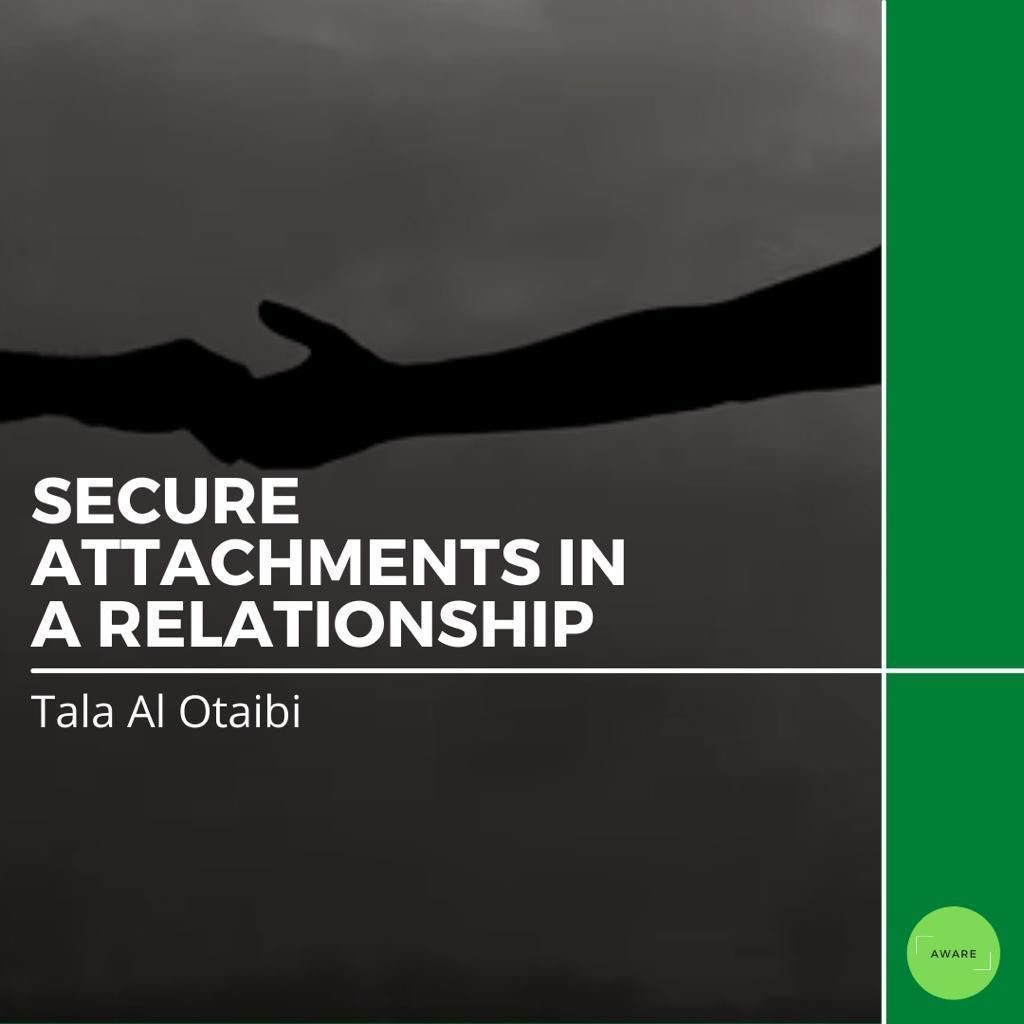Our attachment styles are formed as a result of our childhood experiences, and they determine our ways of interacting and behaving in relationships. During our adulthood, they determine the ways in which we get attached in romantic relationships. At the moment, psychologists recognize 4 attachment styles – anxious, avoidant, disorganized, and secure.
The Secure Attachment
Individuals with a secure attachment style are usually social, warm, and self-contented. While, of course, it is not as easy as it sounds, children develop a secure attachment when their meets are met by their primary caregivers as babies. In order to develop a secure attachment, the child needs to feel safe, to feel seen and known, to feel comfort and reassurance, to feel valued, and to feel supported to explore. As a parent, it is important to provide these things and not break that trust. By not breaking that trust, the parent must maintain consistency in their ways, as inconsistency can create so much instability in the child.
Secure Attachments in Relationships
Those with secure attachments, as adults, tend to have a positive view of their childhood, themselves, and others around them. These individuals are generally more aware of their emotions and have it easier when it comes to social bonding and intimate relationships.
What are some signs of secure attachment in adult relationships?
- Regulating emotions within the relationship
- Able to maintain goal-oriented behavior on your own
- Able to open up to and trust others
- Able to communicate your needs effectively
- Finding comfort in closeness and mutual dependency
- Able to seek emotional support from your partner and being able to give it back
- Finding comfort in being alone when need be
- Able to reflect on how you are in the relationship
Those with secure attachment styles are often considered “lucky”. However, the good news is that you are able to develop a secure attachment style as an adult. It is important to get to know the 3 insecure styles and recognize where you are placed and then begin to work on understanding yourself more in order to defeat some maladaptive habits.
